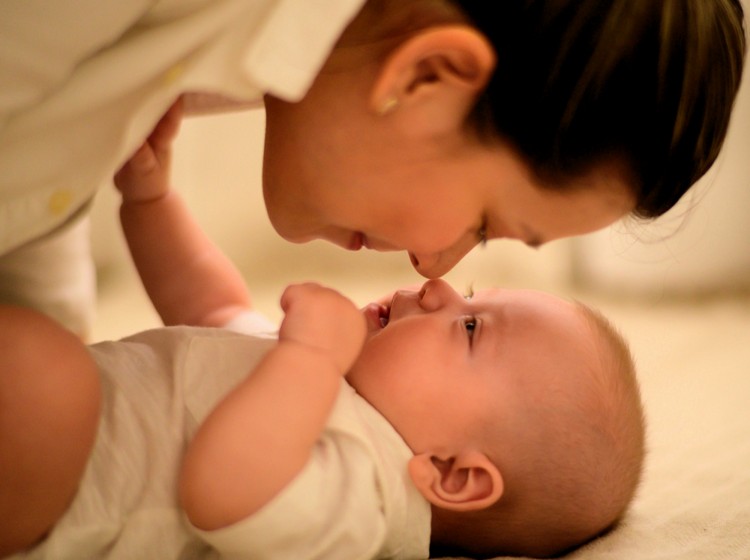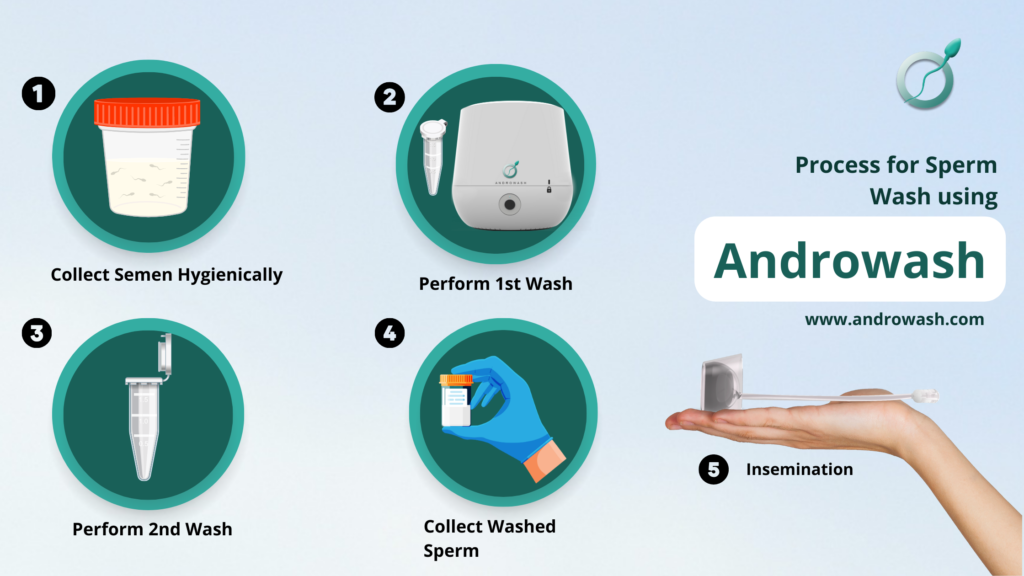Know Fertility

Experiencing parenthood naturally could sometimes be challenging. Couples assume that pregnancy will occur immediately with unprotected intercourse.
In reality, up to one in six couples worldwide have difficulty conceiving during the first 12 months of marriage. Apart from lifestyle or infertility issues there are a few more factors for not getting pregnant, which are the inability to time the intercourse to coincide with ovulation, inadequate sperm count, blocked fallopian tubes and irregular cycles. Today, the available treatment options to help you become pregnant are relatively simple, effective and affordable, and the success rates are very promising.
- IUI is usually one of the first techniques used to assist a couple who is having difficulty becoming pregnant.
- In the US and Europe only after three failed IUIs, would a doctor recommend IVF. But unfortunately, due to commercialization by some medical clinics, there is more emphasis on IVF, which is a very tedious and very expensive procedure.
- Intrauterine insemination (IUI) is a common procedure that has been used for many years to help deliver the male sperm closer to the female egg. It’s a technique that has evolved with time and healthy washed sperm are placed into the female reproductive system by an expert. Intrauterine insemination (IUI) is the most common and safest form of insemination.
- During normal intercourse, only relatively small numbers of sperm make it to the woman’s uterus and into the fallopian tubes where fertilisation takes place. IUI inserts large amounts of the best performing sperm directly into a woman’s uterus thus increasing the chance of fertilisation
Fertility is usually defined as a couple’s ability to produce children by sexual activity. Both men and women can have problems that make it difficult for them to reproduce naturally. This booklet is intended to help you understand some barriers to fertility, and possible solutions. At any time 10 to 15 percent of couples trying to have a child find that they have trouble getting pregnant. Infertility is defined as a couple failing to achieve a successful pregnancy after 12 or more months of appropriate, timed, unprotected sex
- A woman over 35 years old has had six months of unprotected, well-timed sex without getting pregnant, or
- A woman or man (or both) have known or suspected problems with their reproductive systems, like infrequent periods, history of pelvic infection or endometriosis, or known low sperm concentration, or
- A woman is able to get pregnant, but the pregnancy ends in miscarriage. Multiple miscarriages (2 or more) may be a sign of fertility problems.


A woman’s reproductive organs perform these functions in a cycle of roughly 28 days:
- Mature an egg inside one of the ovaries.
- Prepare the uterus for a fertilized egg.
- Release the egg into the fallopian tube, where fertilization may or may not take place.
- If no fertilized egg implants during the cycle, shed the endometrium and begin again. The ovaries are small glands that produce eggs and the female sex hormones estrogen and progesterone.
The uterus is a hollow organ that leads down from the ovaries to the vagina. During pregnancy, a developing fetus grows inside the uterus. The fallopian tubes reach from the uterus to the ovaries. The fallopian tubes pick up eggs released from the ovaries and transport them to the uterus. The inner lining of the uterus is the endometrium.
The function of a man’s reproductive organs is to:
- Produce sperm and testosterone.
- Produce enough semen to transport sperm.
- Ejaculate sperm outside the man’s body. Sperm are the male reproductive cells. Sperm is produced in the testicles (or testes) along with testosterone, the main male sex hormone.

Sperm is contained in semen, a fluid that comes out of the penis when the man reaches sexual climax with ejaculation. Internally, the seminal vesicle and prostate gland produce most of the fluid that makes up semen. The epididymis, vas deferens and urethra are responsible for storing and transporting sperm from the testes to the penis.
Start Your Journey Towards Happy Parenthood!
Private, Comfortable and Effective. Improve chances of conception with IUI at Home.
Health care providers do not normally have concerns about natural fertility until a couple has gone 12 months without conceiving. There are a few things that affect natural fertility:
Sex Intercourse every one or two days is associated with higher rates of conception.
Couples trying to conceive may time intercourse for the woman’s fertile period. Weight Efforts to achieve a normal weight can considerably improve natural fertility.
Obesity or being underweight (for men and women) can reduce chances of conceiving naturally.
Maternal Age A woman’s best reproductive years are in her early to mid 20s. Fertility begins to decline slowly just before age 30 and more quickly after age 35. A healthy, fertile 28 year old woman has a 20% chance of getting pregnant each month that she tries. By age 40, a woman’s chance is less than 5% per cycle. This decline is true for natural conception as well as conception using fertility treatment.
A fertility history for couples begins with:
- How long have you been trying to get pregnant.
- When and how often do you normally have sexual intercourse.
A fertility history for women includes:
- Pattern of menstrual cycles.
- Pain with menstrual periods or intercourse.
- Use of contraception.
- Any prior pelvic surgery involving the cervix, uterus, ovaries, fallopian tubes or appendix.
- Symptoms of medical conditions that can affect fertility.
A fertility history for men includes:
- Assessment of sexual function including the ability to achieve erection and ejaculation.
- Any history of problems with the testes, including infections, trauma, twisting (torsion), undescended testes or surgeries of the testes or groin.
- Exposure to conditions or toxins that are known to impact male fertility, such as smoking, excessive heat and chemo radiation therapy.
